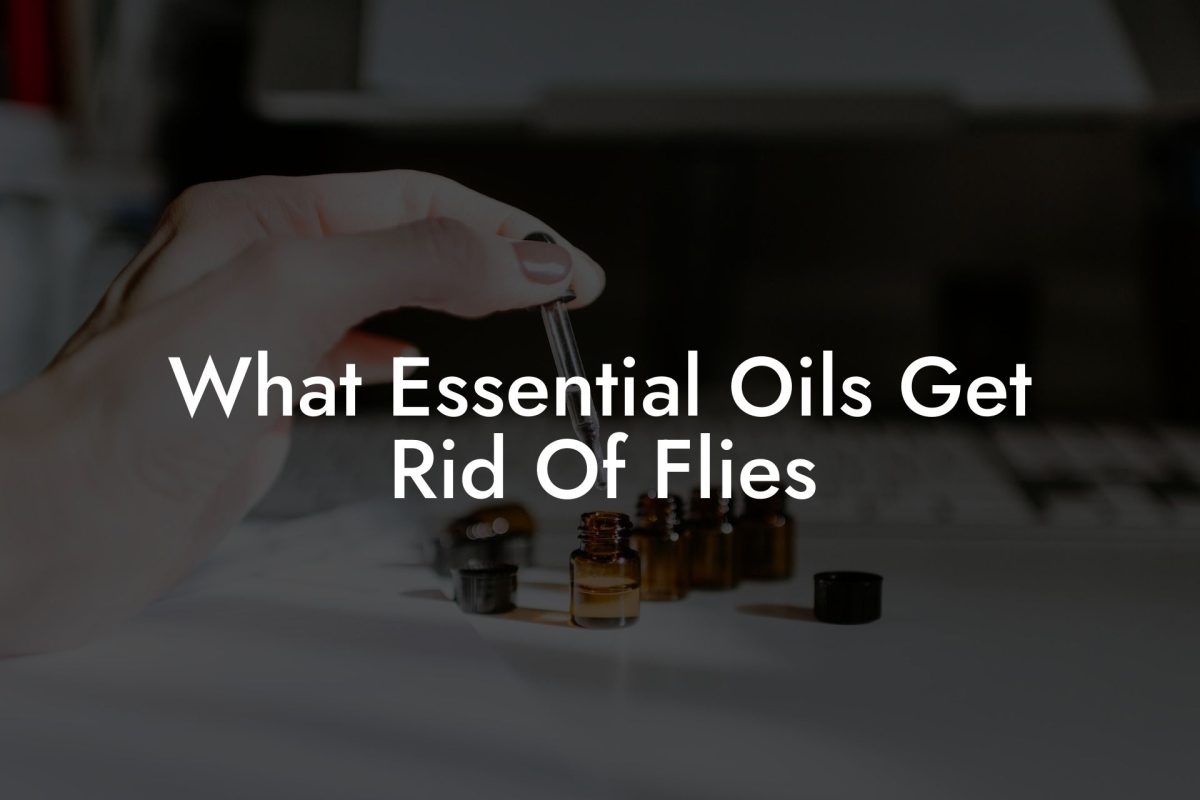As essential oil enthusiasts, we understand the myriad of benefits these natural remedies bring to our lives. But what about our beloved feathered friends? Ensuring the safety of our birds when using essential oils is a crucial aspect of responsible pet ownership. In this article, we will explore which essential oils are safe for birds, and discuss some best practices for incorporating aromatherapy into your household without causing harm to your avian companions.
Table of Contents
Why Essential Oils May Be Dangerous for Birds
Birds have unique, delicate respiratory systems, making them highly sensitive to substances in their environment. Due to their efficient respiratory mucosal lining, they absorb airborne particles and chemicals more easily than mammals. Additionally, birds have a relatively fast metabolism, which means that substances can build up quickly in their bodies, leading to potential toxicity.
Safe Essential Oils for Birds
Although many essential oils are off-limits for bird safety, there are still several options that have been deemed safe for use in the presence of our feathered friends. Keep in mind that all essential oils should be used cautiously, even when deemed safe. The following is a list of essential oils that are considered safe for use around birds:
- Lavender
- Chamomile
- Geranium
- Sandalwood
- Frankincense
- Myrrh
These essential oils may provide several benefits, such as relaxation, anti-inflammatory effects, and immune support. However, they should be used sparingly and under close supervision of a knowledgeable avian health professional. Be sure to choose high-quality, 100% pure essential oils, as lower quality oils may contain harmful additives.
Essential Oils to Avoid with Birds
While the above-mentioned oils may be used safely in controlled amounts, there is a list of essential oils that should be strictly avoided when it comes to birds. These include:
- Eucalyptus
- Peppermint
- Lemon
- Tea tree
- Clove
- Cinnamon
These oils can cause severe respiratory issues and other negative health effects, which could prove extremely harmful or even fatal to your bird.
Best Practices for Using Essential Oils Around Birds
When using essential oils in the presence of birds, be sure to follow these best practices to ensure the health and safety of your pets:
- Ensure that the area is well-ventilated and never use concentrated oils around birds.
- Always dilute essential oils before use, and use minimal amounts.
- Introduce essential oils gradually, giving your bird time to adjust.
- Monitor your bird closely for potential signs of distress or discomfort.
- Consult with an avian health professional before using any new oils.
What Essential Oils Are Safe For Birds Example:
Suppose you want to create a calming environment for your bird using lavender essential oil. Start by selecting a high-quality, pure lavender oil, then begin with a small amount to ensure your bird reacts positively. Make sure the room is well-ventilated during the process, and consider diffusing the oil in a separate room from your bird’s primary living space.
Monitor your bird for any signs of distress or discomfort, and discontinue use if any adverse reactions arise. If your bird responds well to the lavender essential oil, keep the practice minimal and consult with your avian health professional to ensure the method is suitable for your bird’s unique needs.
Birds can provide us with a beautiful sense of companionship, and it’s our responsibility to ensure their safety when it comes to using essential oils in our homes. We hope this overview of bird-safe essential oils has prepared you to make educated decisions about the use of aromatherapy around your feathered friends. As you continue exploring the world of essential oils and their benefits, consider browsing more of our informative guides on the Oshu Oils blog or exploring our range of artisan essential earth oils. And don’t forget to share this article with your fellow bird enthusiasts, as spreading awareness about bird-safe practices is an essential part of responsible pet ownership.





















